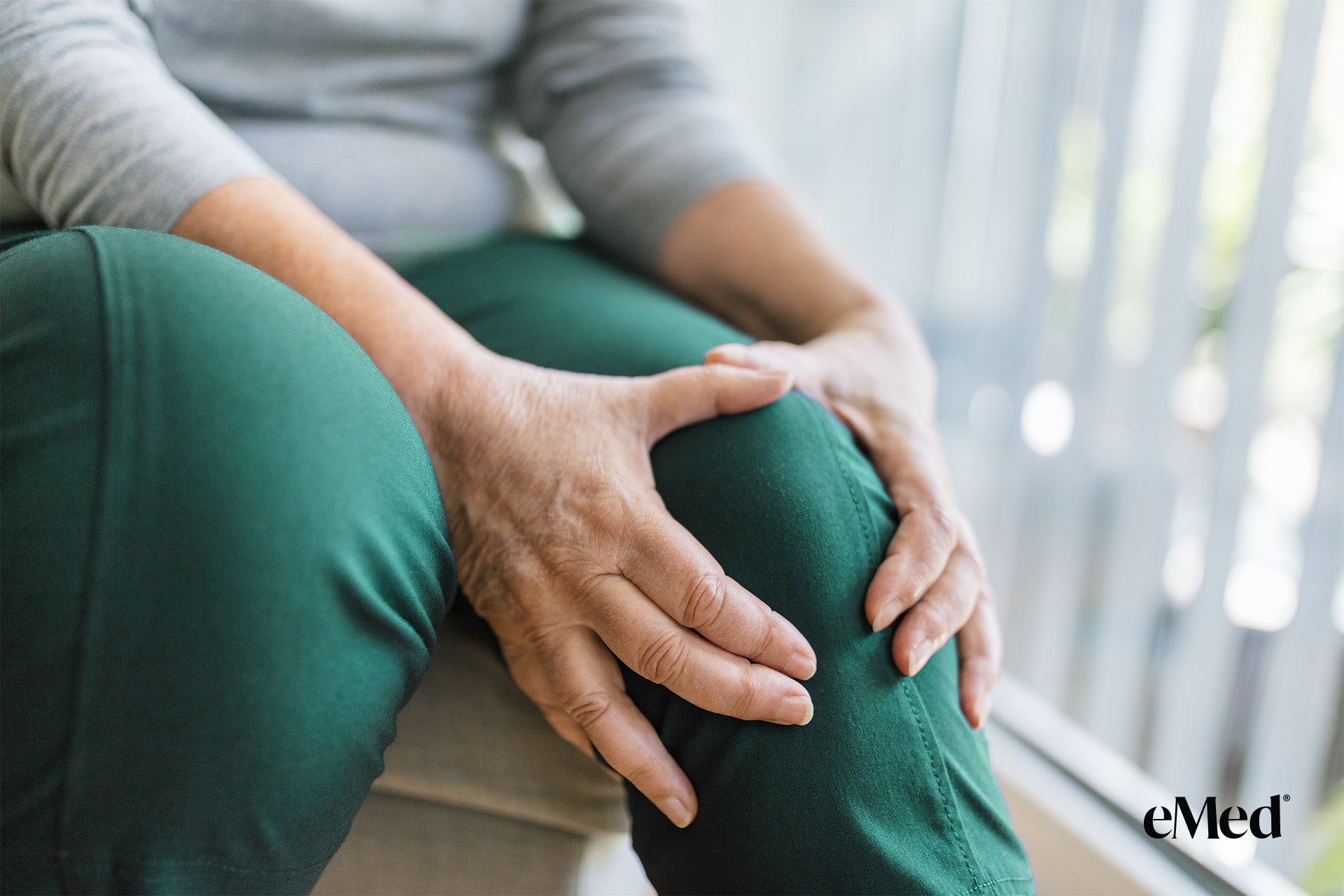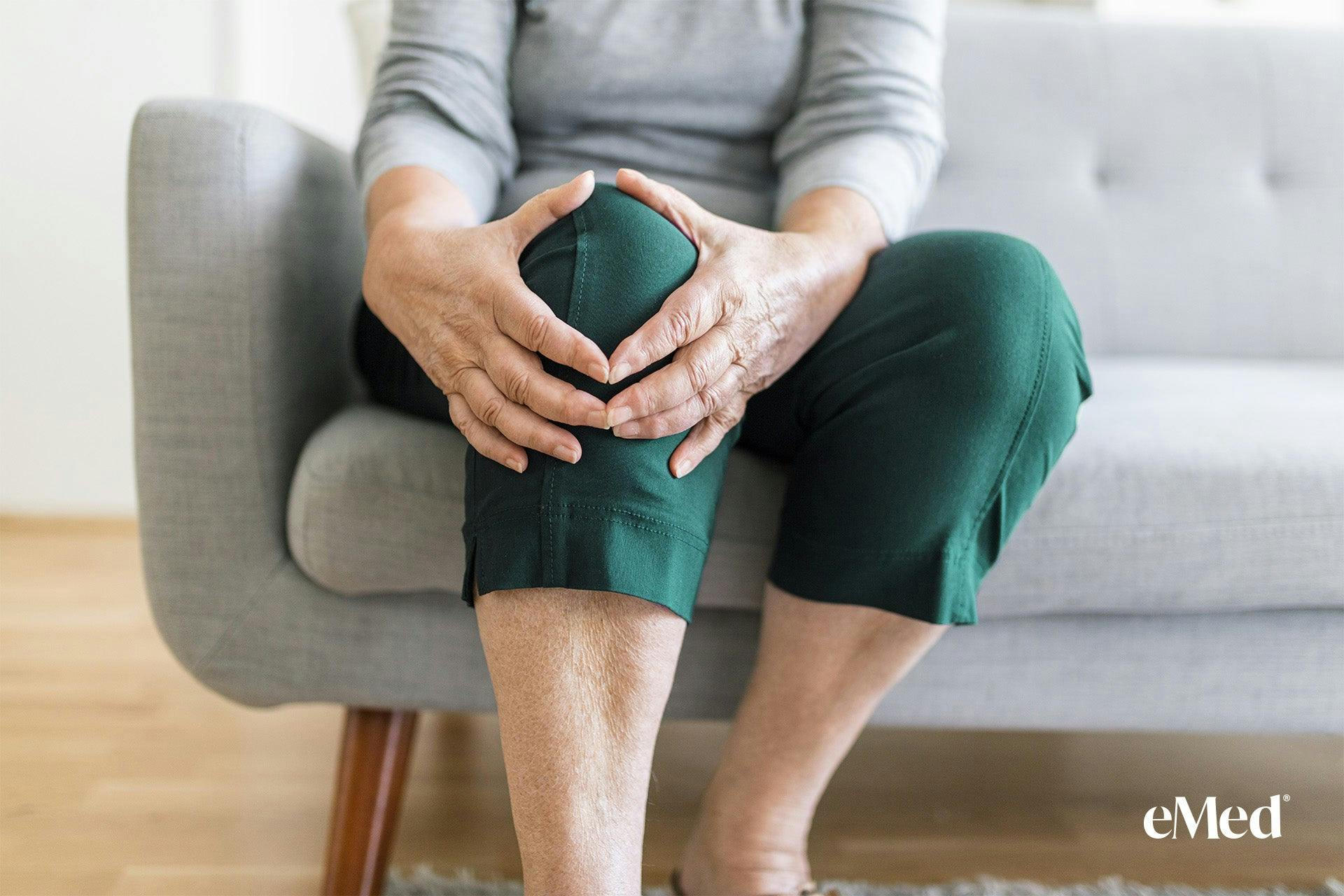Osteoarthritis is a form of arthritis affecting millions of individuals worldwide. It is a degenerative joint disease characterized by the breakdown of cartilage in the joints, leading to pain, stiffness, and decreased mobility. While there is currently no cure for osteoarthritis, there are various treatment modalities available to manage its symptoms and improve the quality of life for affected individuals. One such modality is physiotherapy, which plays a crucial role in the management of osteoarthritis.
Osteoarthritis is considered a normal degenerative breakdown of articular cartilage that we can all expect to have, as part of the aging process. It is important to remember that having osteoarthritis does not always mean that there will be pain. Some individuals can have osteoarthritis which is pain free.
Understanding Osteoarthritis
Osteoarthritis primarily affects the joints, including those that bear weight. Commonly affected joints include the knees, hips, hands, and spine. As the cartilage degenerates, the joint space reduces, increasing the friction within the joint itself, causing pain, swelling, and inflammation. Over time, osteoarthritis can result in significant joint damage.
Physiotherapy aims to alleviate pain, improve joint function, and enhance overall physical well-being for individuals with osteoarthritis. It involves a comprehensive approach that includes exercise therapy, education and self-management strategies.
What Physiotherapy Involves
- Exercise Therapy: Physiotherapists design individualized exercise programs tailored to the specific needs and abilities of each patient. These exercises focus on improving strength, flexibility, and range of motion and function in the affected joints.

- Education and Self-Management: Educating patients about osteoarthritis, its management, and strategies for pain relief and joint protection is a fundamental aspect of physiotherapy. Patients are empowered to take an active role in their care, making informed decisions and adopting lifestyle modifications to manage their condition effectively.
Osteoarthritis vs. Rheumatoid Arthritis: Jargon Buster
Osteoarthritis (OA) and rheumatoid arthritis (RA) are both types of arthritis but have distinct differences:
- Osteoarthritis: Primarily a degenerative joint, commonly affecting weight-bearing joints such as the knees, hips, and spine. Treatment focuses on symptom management and improving joint function.
- Rheumatoid Arthritis (RA): An autoimmune disease characterized by inflammation of the joints, leading to pain, swelling, and joint damage. RA can affect multiple joints simultaneously and may also involve other organs. Treatment aims to reduce inflammation and prevent joint damage through medications and lifestyle modifications.
In conclusion, physiotherapy plays a vital role in the management of osteoarthritis by addressing pain, improving joint function, and enhancing overall physical well-being. Through a combination of exercise therapy and patient education, physiotherapists help individuals with osteoarthritis regain control over their symptoms and enjoy a better quality of life.
Book Now
References
- Hochberg MC, Altman RD, April KT, et al. American College of Rheumatology 2012 recommendations for the use of nonpharmacologic and pharmacologic therapies in osteoarthritis of the hand, hip, and knee. Arthritis Care Res (Hoboken). 2012;64(4):465-474. doi:10.1002/acr.21596
- Fransen M, McConnell S, Harmer AR, Van der Esch M, Simic M, Bennell KL. Exercise for osteoarthritis of the knee. Cochrane Database Syst Rev. 2015;(1):CD004376. doi:10.1002/14651858.CD004376.pub3
- Brosseau L, Taki J, Desjardins B, et al. The Ottawa panel clinical practice guidelines for the management of knee osteoarthritis. Part two: strengthening exercise programs. Clin Rehabil. 2017;31(5):596-611. doi:10.1177/0269215516665804



